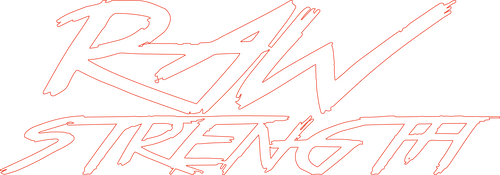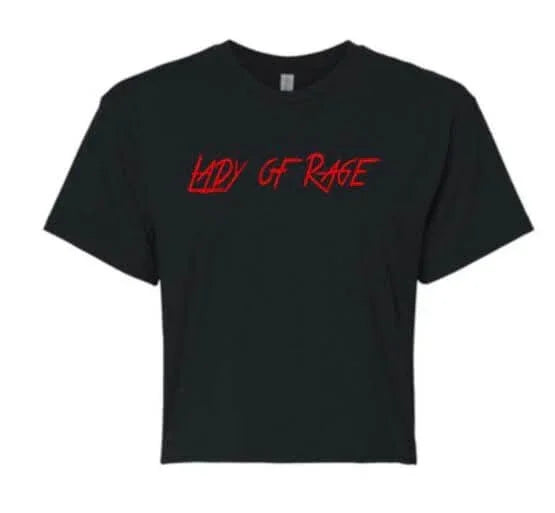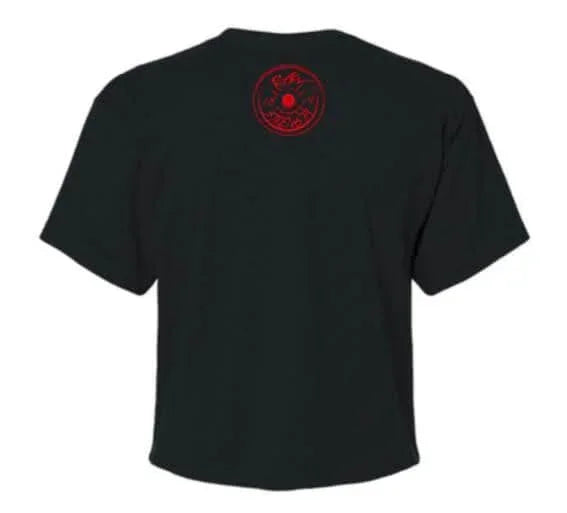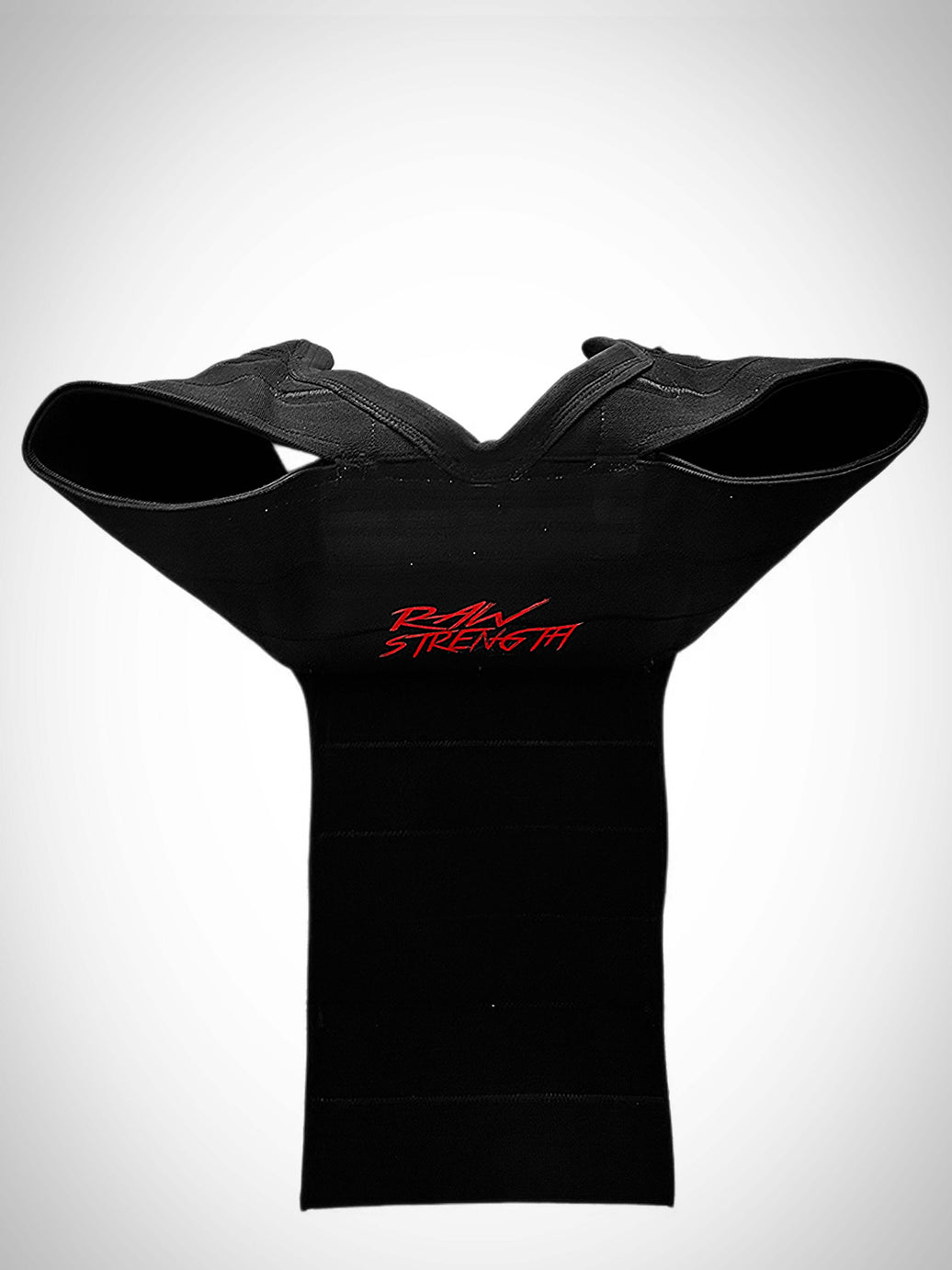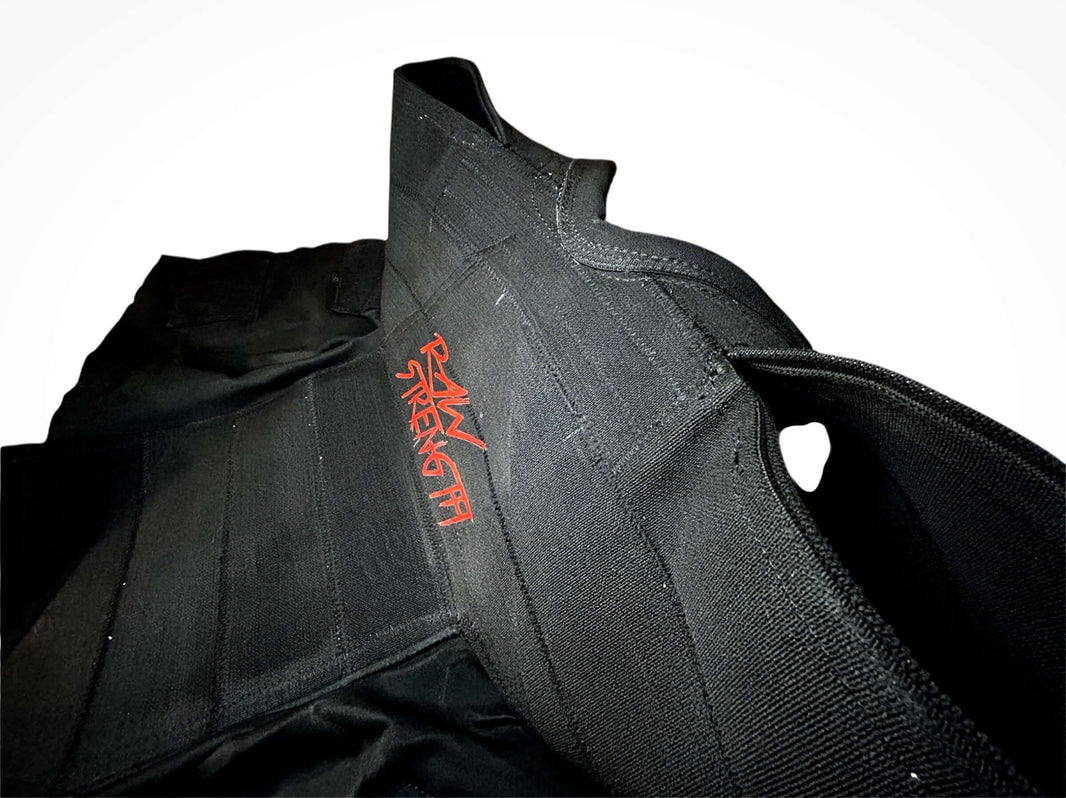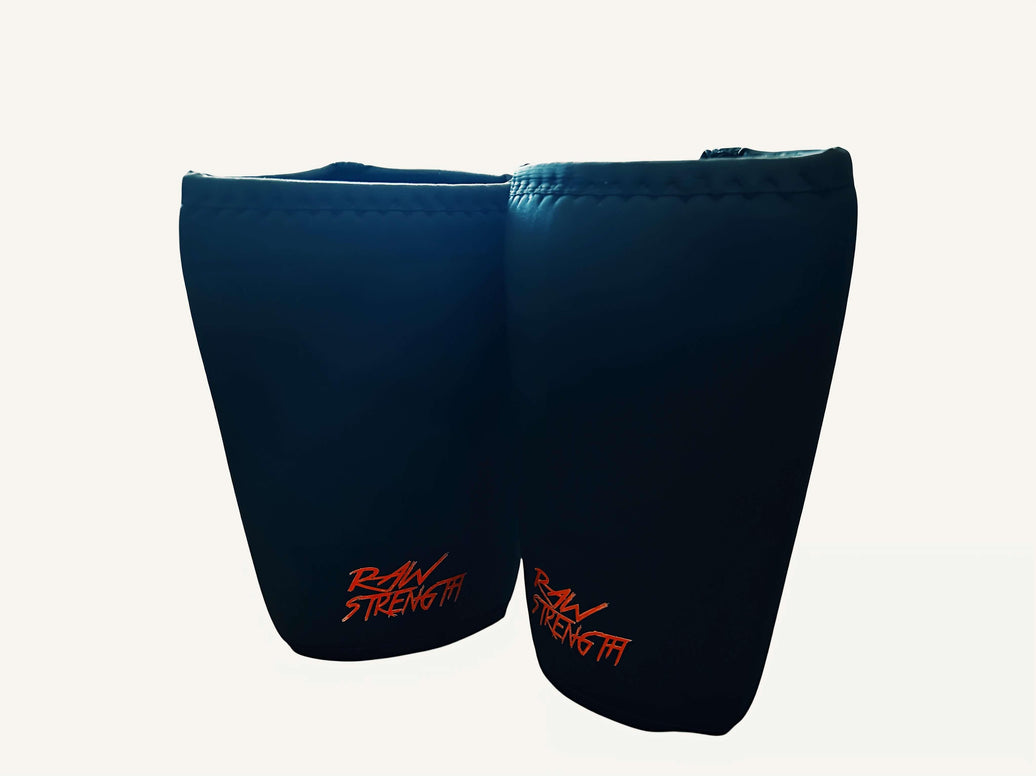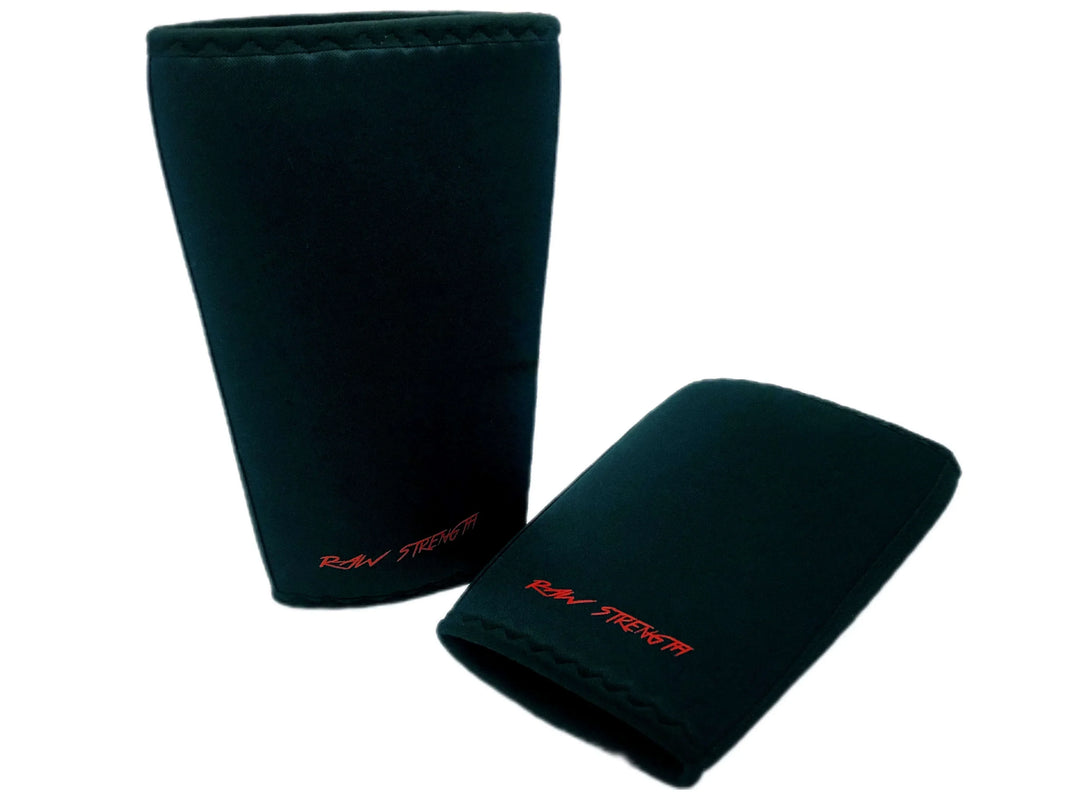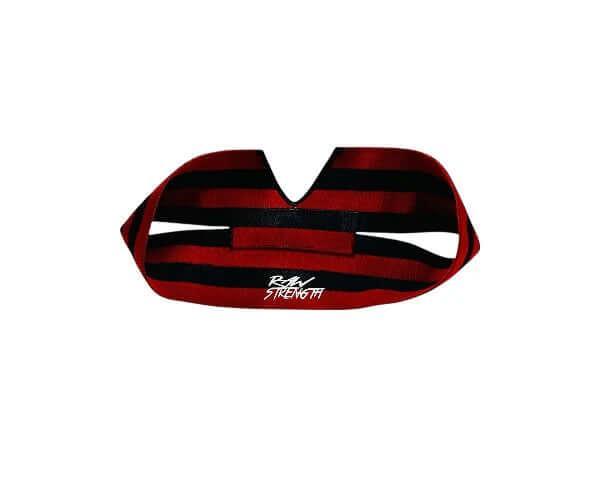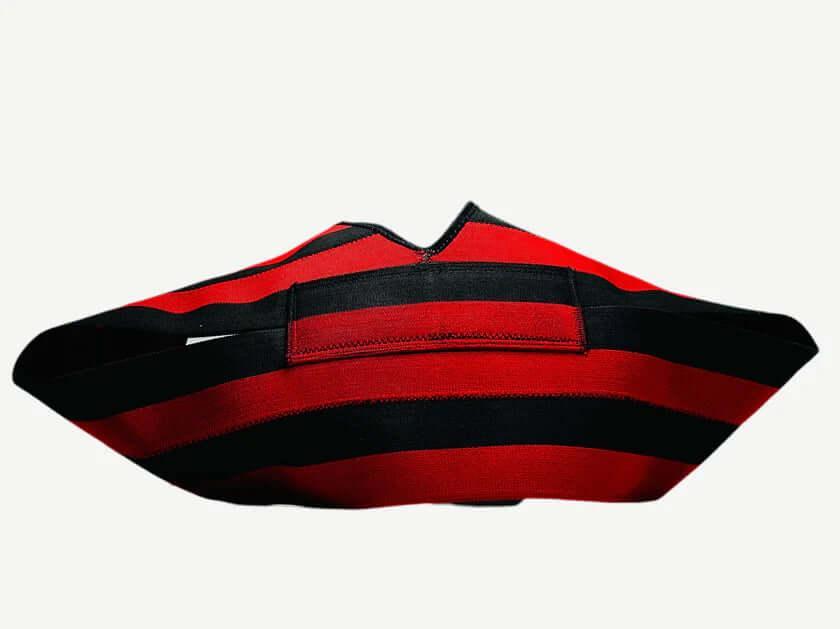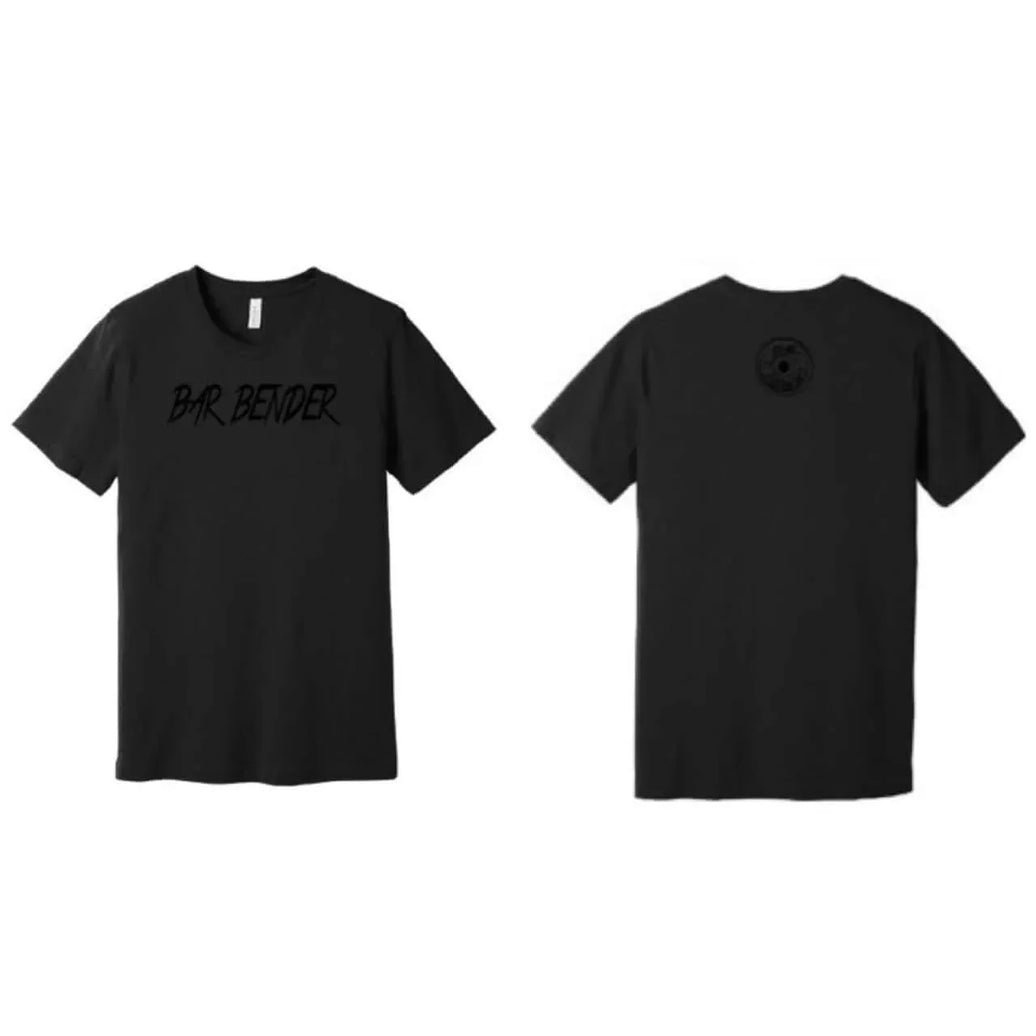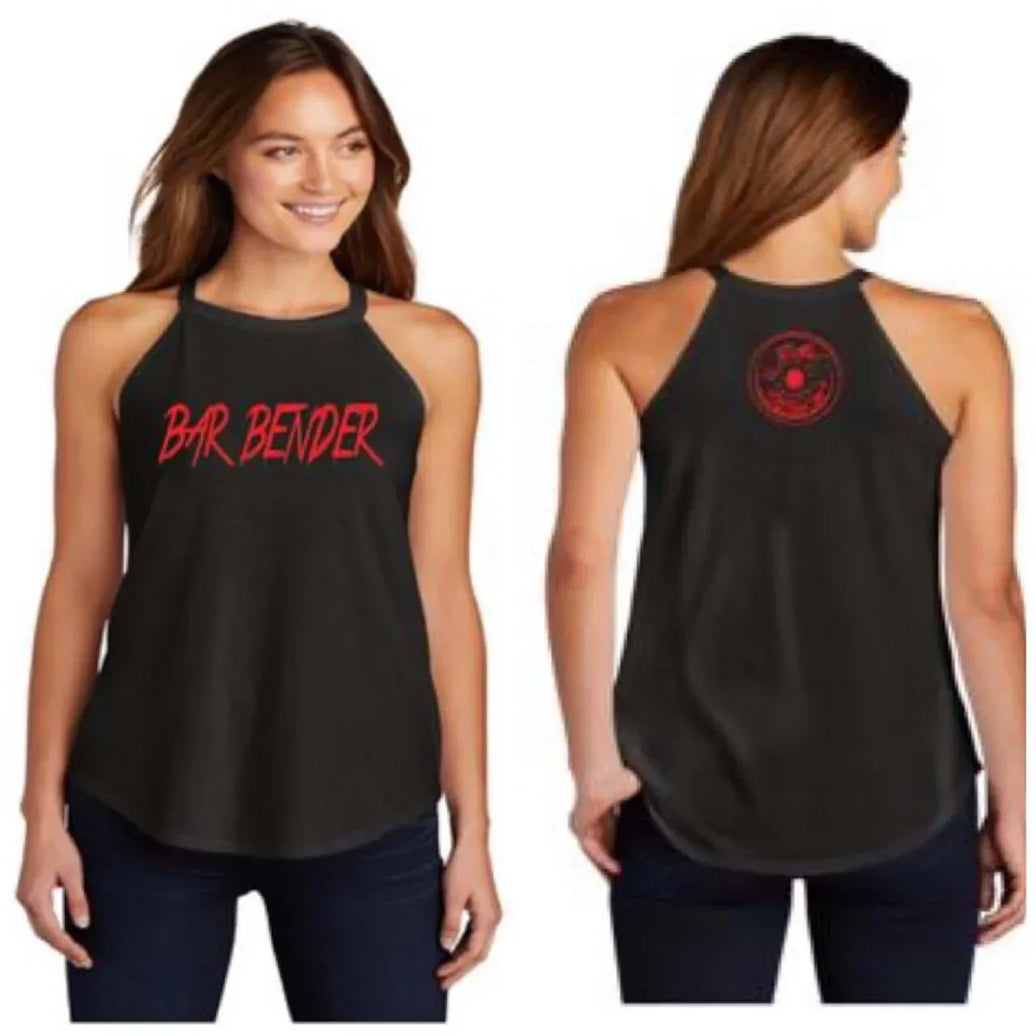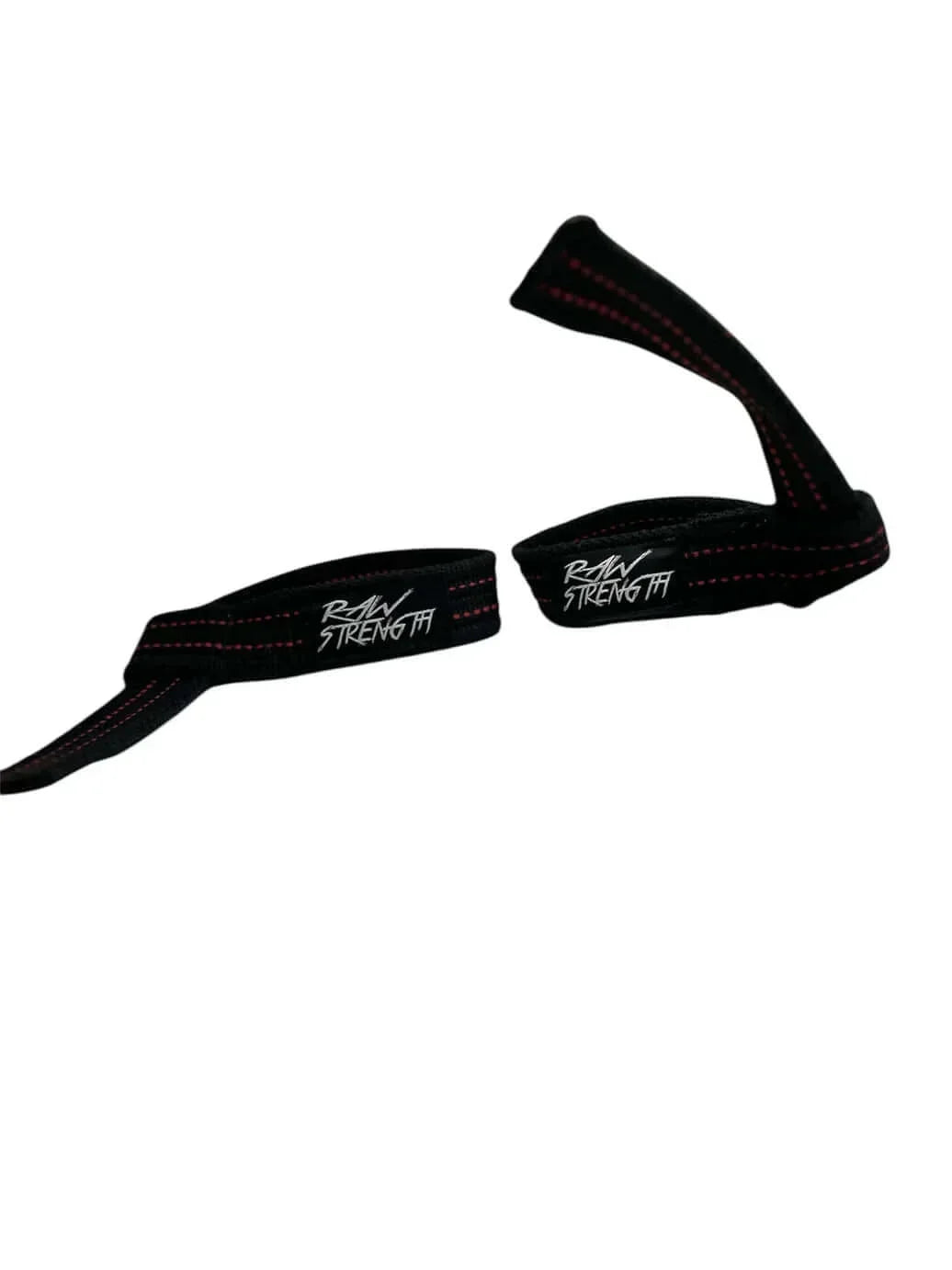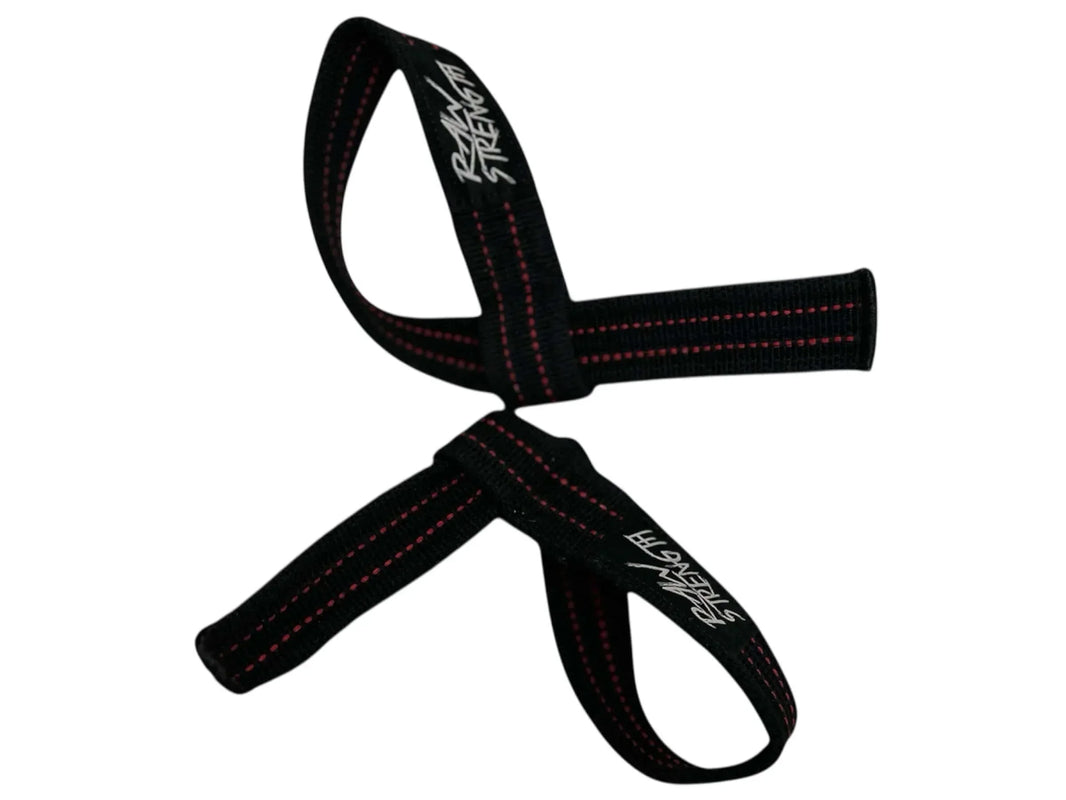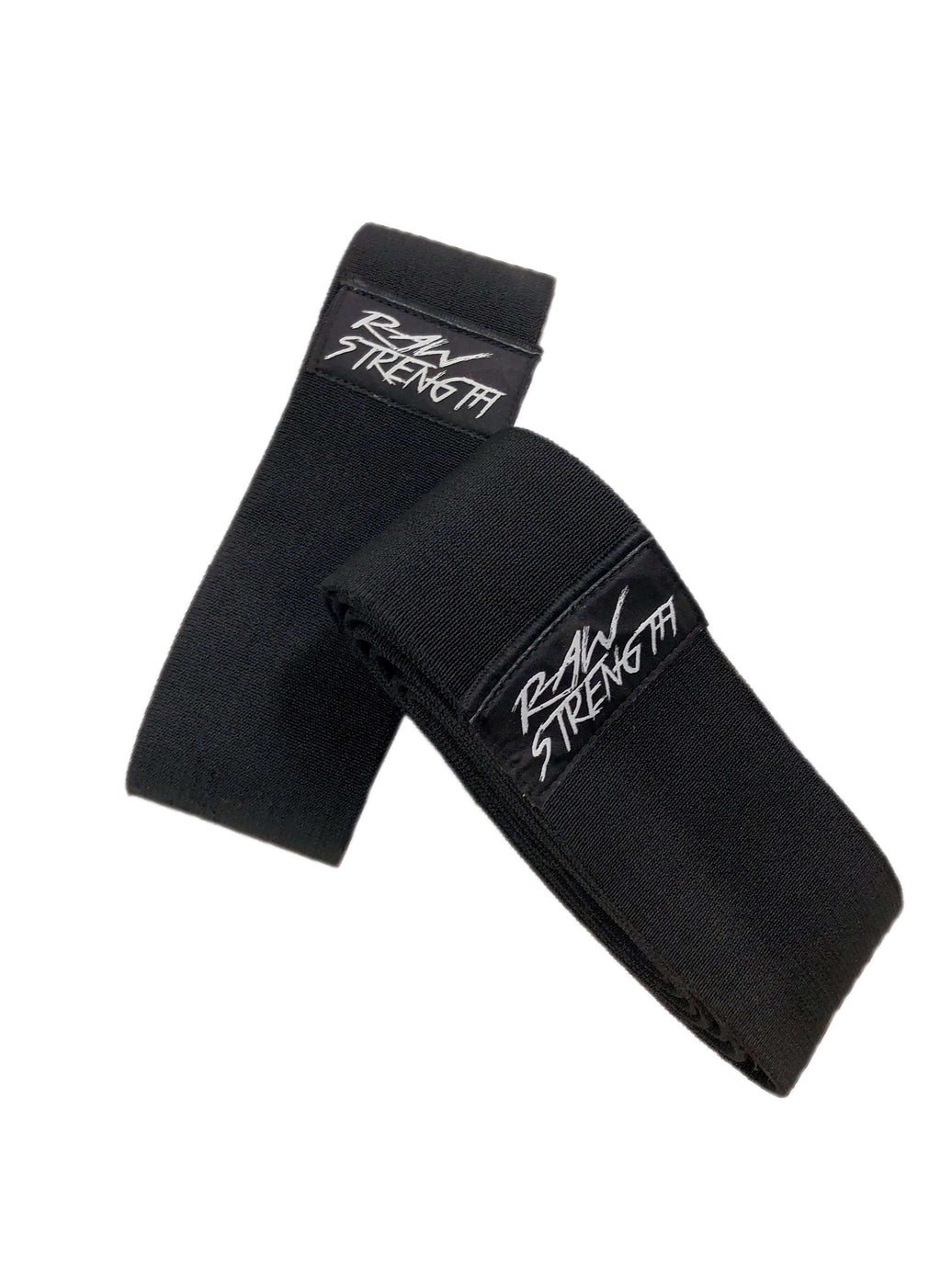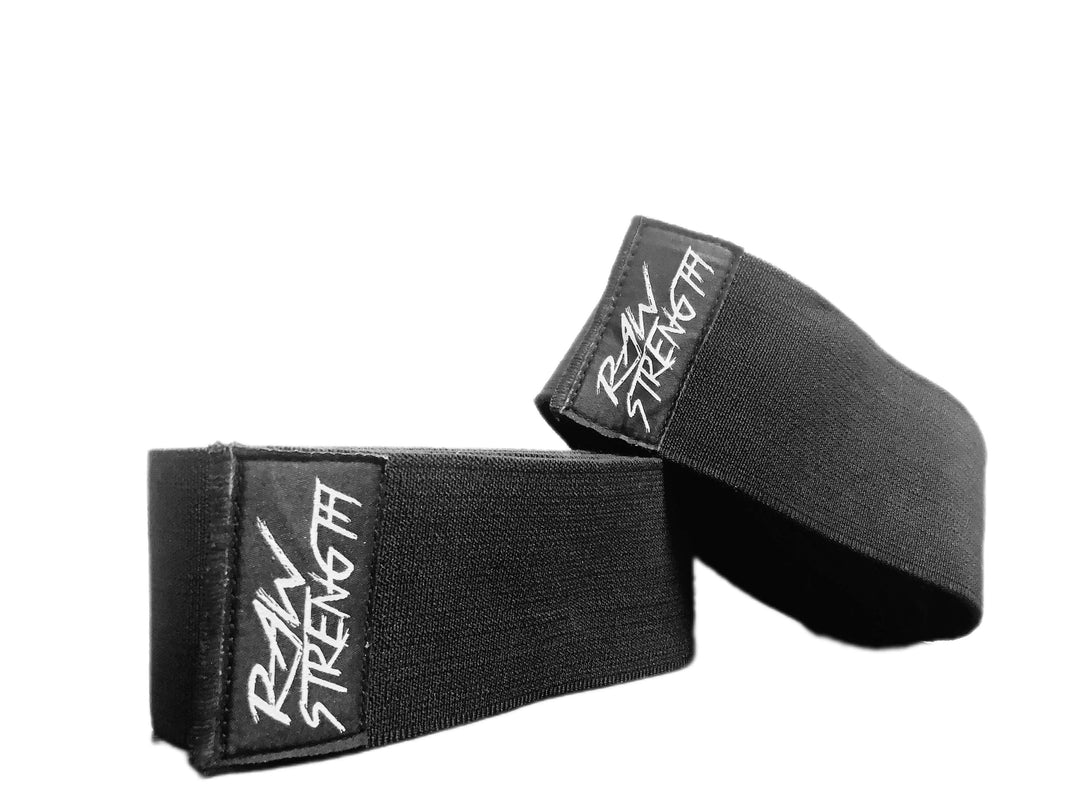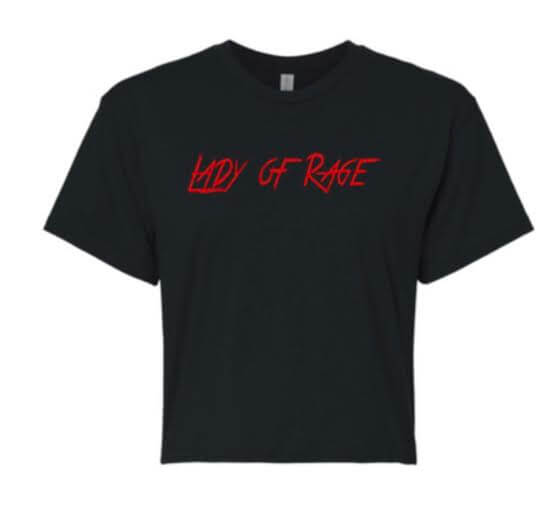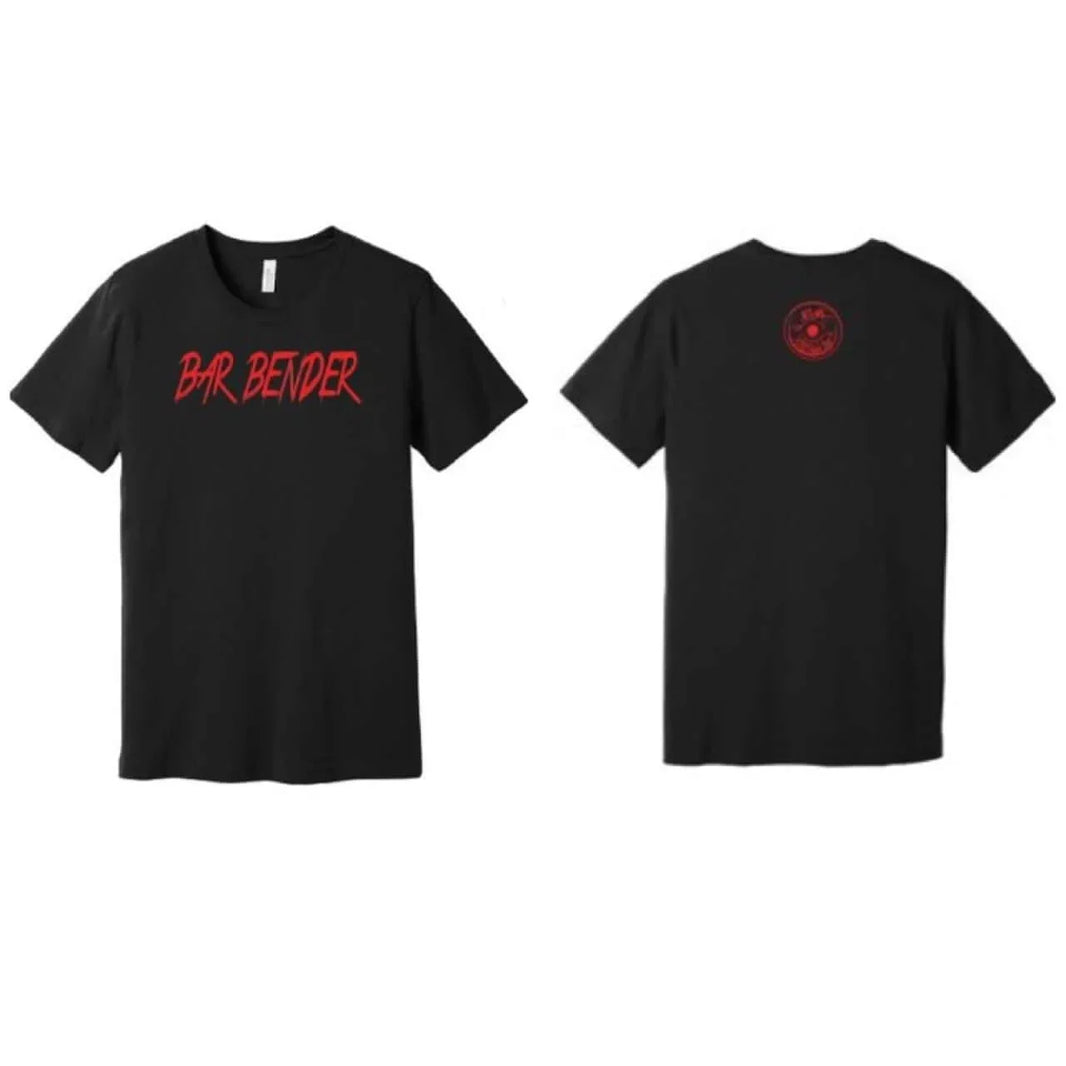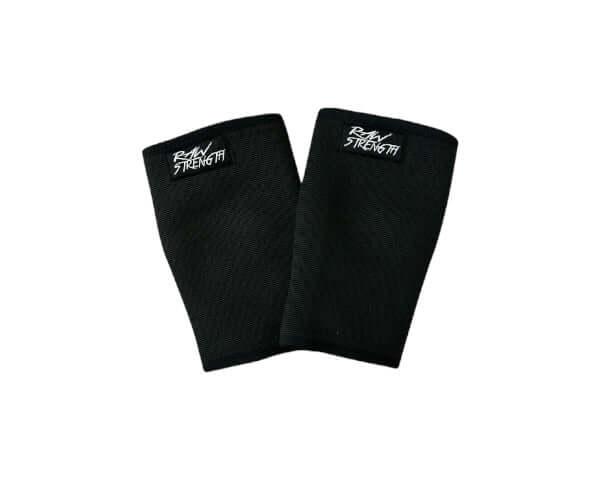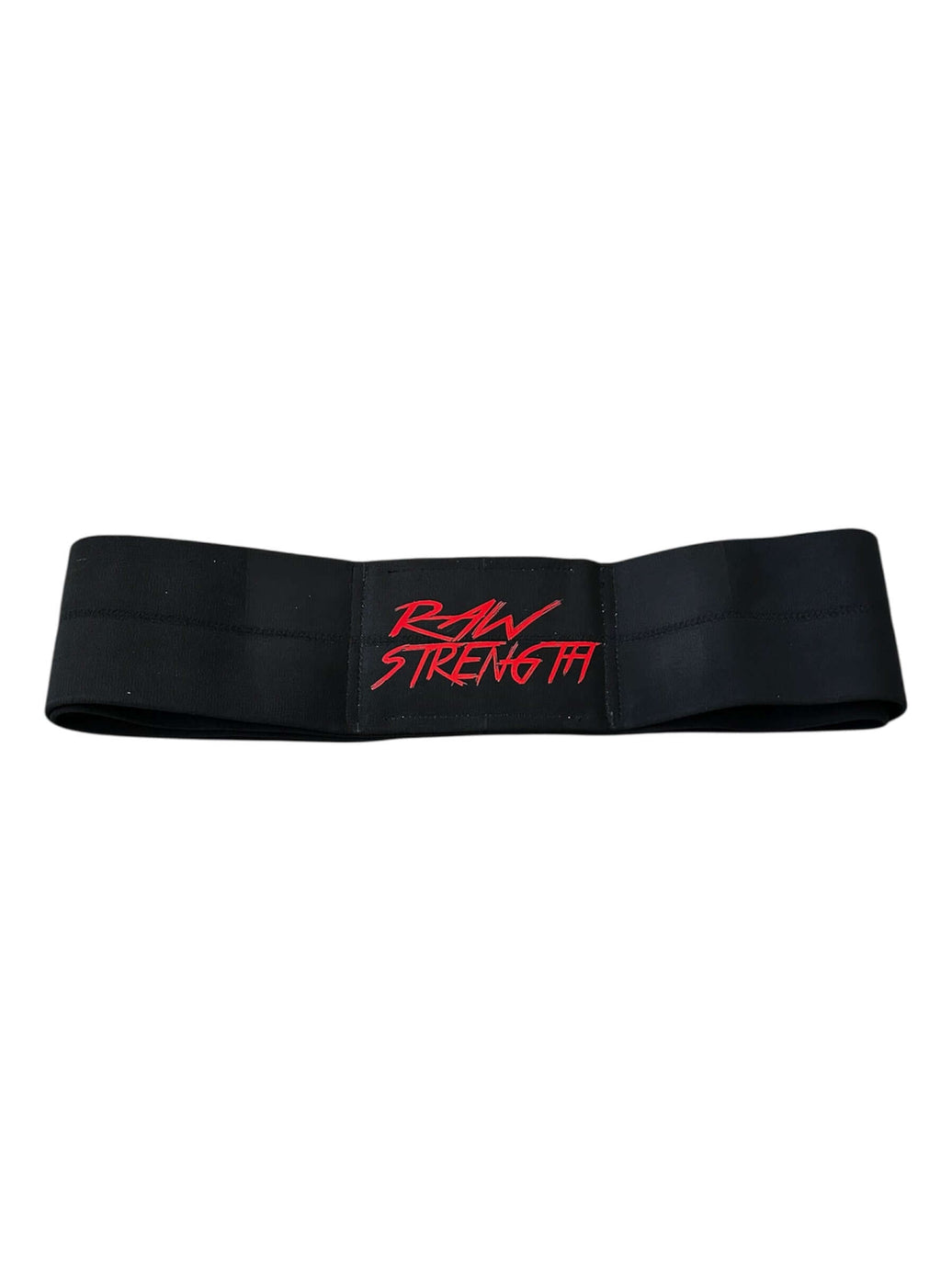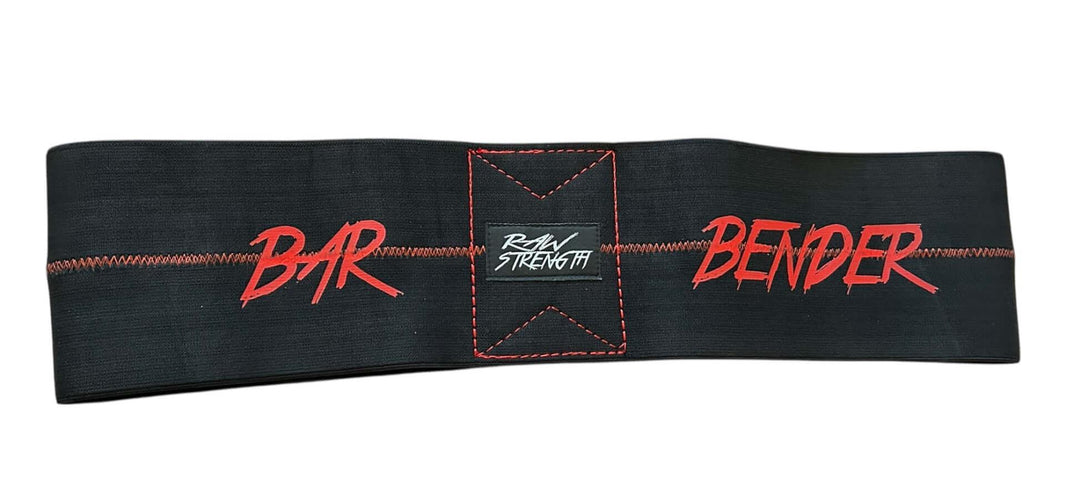Curious about how many powerlifting federations exist—and what sets each apart? Whether you’re interested in competing or just want to understand the sport’s landscape, getting to know the primary organizations and their unique rulebooks will help you find the right fit and avoid surprises on meet day.
Understanding Powerlifting Federations
Powerlifting isn’t governed by a single authority. Instead, there are numerous federations worldwide, each with its own standards, approved equipment lists, and strictness around drug testing. Choosing your federation impacts not only which competitions you can attend but even how you must perform your lifts.
• No two federations are identical, so knowing the differences helps you set goals and get the right support.
• Lifters often join a federation that aligns with their values (such as tested or untasted) or be part of more than one during their career.
Let’s break down the main federations and clarify the most important distinctions.
Major Powerlifting Federations: An Overview
Globally, there are more than 30 active powerlifting federations, but several are especially prominent. Here’s a summary of the largest and most influential ones, plus what distinguishes their rules and procedures.
- International Powerlifting Federation (IPF)
- USA Powerlifting (USAPL)
- World Powerlifting Congress (WPC)
- World Raw Powerlifting Federation (WRPF)
- Global Powerlifting Committee (GPC)
- United States Powerlifting Association (USPA)
- World Powerlifting Alliance (WPA)
- Other niche or national federations
Let’s look closely at the big players and what you need to know about their approaches.
International Powerlifting Federation (IPF)
The IPF is the most globally recognized federation. It sets the benchmark for drug-tested competition and is known for strict judging and a traditional approach.
- Drug Testing: Rigorously enforced. All lifters subject to in- and out-of-meet tests.
- Equipment: Limited to IPF-approved brands. Raw division allows only a belt, wrist wraps, and minimal knee sleeves. Equipped division allows single-ply suits and gear.
- Squat Depth: Hip crease must be below the top of the knee—judges are unforgiving.
- Bench Press: Feet must be flat, head down, strict commands for start, press, and rack.
- Deadlift: No hitching (resting bar on thighs), full lockout required.
- Weight Classes: Standardized internationally for men and women.
The IPF’s focus on fairness and consistency makes it the federation of choice for many serious lifters aiming for international recognition.
USA Powerlifting (USAPL)
Often seen as the US affiliate of the IPF, the USAPL closely mirrors its parent’s rules and standards, with a strong drug-tested ethos.
- Testing: Extensive with WADA-compliant protocols.
- Equipment: Same as IPF; only approved brands for both raw and equipped classes.
- Judging: Mostly consistent with IPF, but American meets may have minor procedural variations.
- Divisions: Open, age-specific (teen, masters), adaptive, and more.
USAPL is massively popular in the United States, particularly among collegiate and high school lifters.
United States Powerlifting Association (USPA)
The USPA is a fast-growing federation with both drug-tested and non-tested options. Its meets appeal to a wide range of competitors.
- Testing: Some meets are “tested,” others are “untested”—choose your division.
- Equipment: More flexibility on brands and sleeves. Offers classic raw, raw, and multi-ply (“equipped”) divisions.
- Rules: Depth and control requirements are clear, but judging may be perceived as less strict than IPF/USAPL.
- Benches and Deadlifts: Similar technical criteria, but some subtle differences in allowable stances or grips.
- Youth Friendly: USPA hosts youth, junior, adult, and masters meets.
If you’re looking to try different lifting styles or prioritize local events, USPA offers flexibility.
World Powerlifting Congress (WPC) and Affiliate Federations
WPC and its affiliates (including the American Powerlifting Federation) are known for their multi-ply and equipped lifting focus, but also offer raw divisions.
- Drug Testing: Not universally enforced; some sub-federations have tested meets.
- Gear: Multi-ply equipment widely allowed. Raw and single-ply divisions exist.
- Bench: Varied rules on foot placement and “toe up” stances; generous arching may be permitted.
- Squat Depth: Requires hip below top of knee, but interpretation can be more lenient.
This is a welcoming home for lifters interested in pushing boundaries with new equipment and personal records.
World Raw Powerlifting Federation (WRPF)
WRPF is highly popular for its innovative meet atmosphere and raw (belt, sleeves, wraps) focus.
- Drug Testing: Minimal overall; most meets untested.
- Equipment: Raw lifting allows knee wraps—so competitors can lift heavier squats.
- Lifting Standards: Rules on squat depth, pauses, and lockouts align with most federations, but judged with a “spectator-friendly” focus.
If you crave a fun, supportive, and high-energy event—especially in raw lifting—the WRPF is worth exploring.
Global Powerlifting Committee (GPC)
GPC is an international federation with a focus on both equipped and raw lifting.
- Drug Testing: Generally limited or non-existent.
- Equipment: Permits both single-ply and multi-ply gear; regulations on brands are less volatile.
- Rules: Mostly mirror IPF lifts, but some technical standards (such as bench commands or squat pauses) may differ.
For those wanting to compete internationally outside the stringent IPF system, the GPC is a common choice.
World Powerlifting Alliance (WPA) and Niche Federations
Beyond the largest federations, dozens of smaller or regional groups host meets under their own banners. These may serve special demographics (lifters with disabilities, specific age groups, or cultural communities), or focus on unique formats such as push-pull (bench and deadlift only).
- Drug Policies: Vary significantly; always clarify before signing up.
- Rules: Check event-specific documents as smaller federations may allow experimental lifting approaches.
For anyone unable to compete elsewhere, these federations offer inclusive and often more relaxed environments.
Key Differences Between Powerlifting Federations
While all powerlifting federations share core goals—testing maximal strength in the squat, bench press, and deadlift—several attributes differ significantly from one federation to the next. Before signing up for a meet, pay close attention to:
- Drug Testing: Ranges from rigorous (IPF/USAPL) to optional or absent; impacts records and rankings.
- Equipment Regulations: Approved brands, sleeves, wraps, and suits differ; some allow “raw with wraps.”
- Weight Classes: Unified in top federations, but may vary.
- Judging Strictness: Some federations require near-perfect form; others are known for crowd engagement and a relaxed atmosphere.
- Competition Structure: Divisions for teens, masters, and adaptive athletes are standard in most major federations.
Why Federation Rules Matter for Lifters
Understanding the distinctions between federations isn’t just trivia—it can shape your training, competition strategy, and long-term goals.
- Choosing a federation that matches your ethics (such as drug testing) ensures fair competition.
- Following specific rules in training (pause length, depth, lockouts) prepares you for strict judging.
- Knowing which equipment is legal prevents surprises and disqualifications on meet day.
- Picking a federation aligned with your abilities (raw, equipped, age group, etc.) maximizes your enjoyment and achievement.
If you’re new, attend a local meet or chat with experienced lifters in your area about the best fit for you.
How to Choose Your Powerlifting Federation
Here are tips for selecting the right federation:
- Research: Read official websites for up-to-date rules and equipment lists.
- Visit Meets: Watching live events reveals the judging style and atmosphere.
- Talk to Coaches: Experienced athletes and coaches often know which federations are best for newcomers.
- Try More Than One: Many lifters compete under multiple banners to see what suits them best.
The choice isn’t final—you can change federations as your interests develop.
Conclusion
With more than 30 powerlifting federations across the world, lifting rules and cultures vary widely. By understanding their unique approaches, you can confidently choose an organization that matches your goals. Explore, ask questions, and enjoy your journey to new personal bests!
